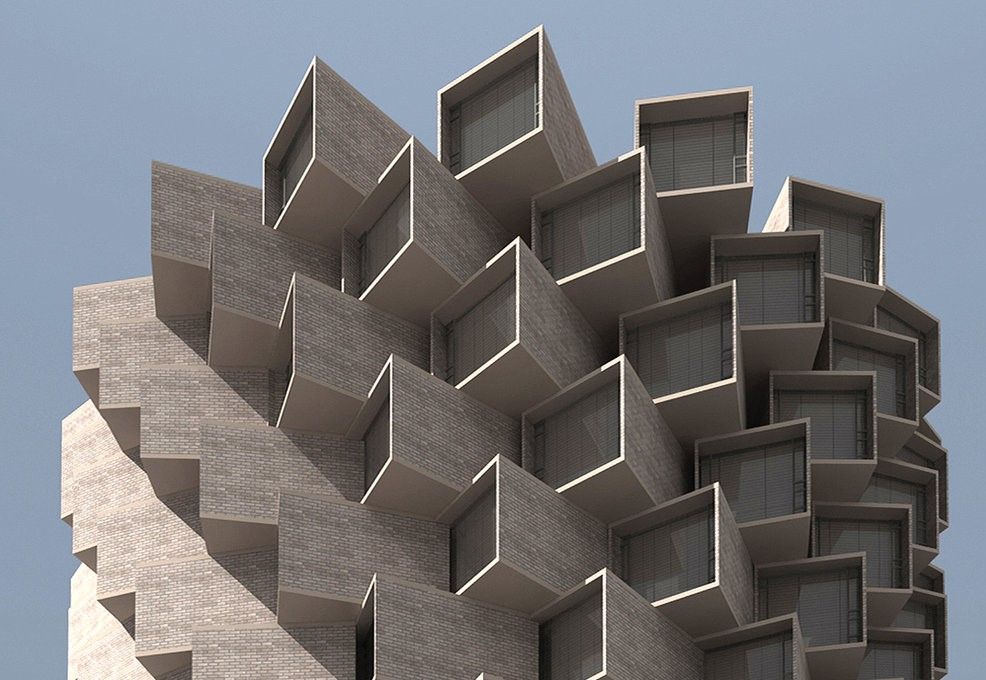PROGRAMS
Join thousands of people who organise
work and life with Novatr.
How is Parametric Architecture Used in Biomimicry?
Chinenye Uba
05 mins read
December 18
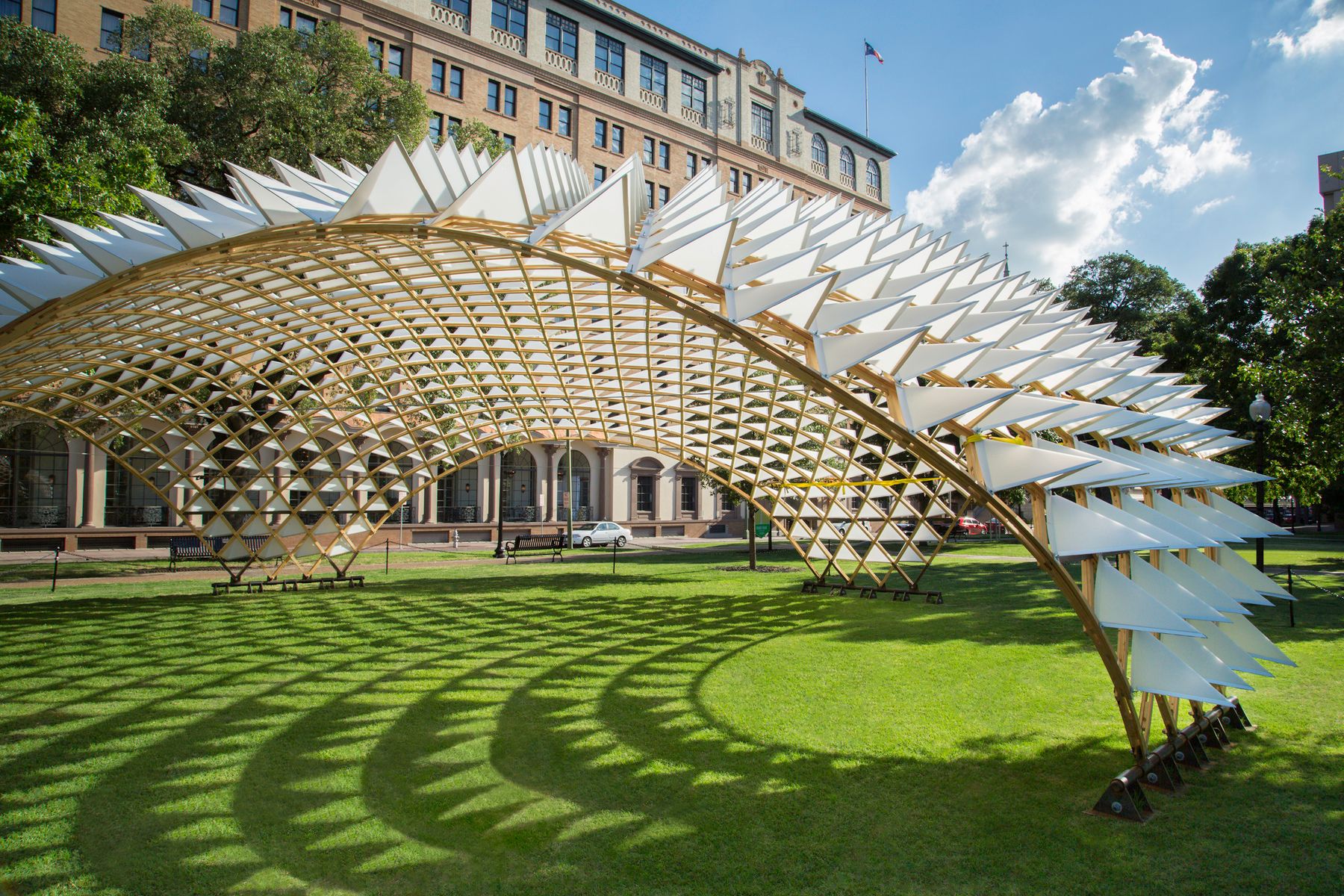

Quadracci Pavilion at the Milwaukee Art Museum, USA (Source)
A general term for designs inspired by nature is Biomimicry. It imitates natural processes, patterns and forms to solve design problems essential in human life, which is pretty cool. We should know that it also applies itself in other areas aside from construction, from health to aviation and even cosmetology. Now, how does this term relate to the principles of parametric architecture and technologies?
Biomimicry inspires a unique structural solution to a design problem, and parametric technology actualizes these solutions. It is easy to get confused about what this might mean, so let’s try to break this down. How does biomimicry work with parametric design technologies to provide suitable and habitable buildings?
1. Innovation with Biomimicry is Possible Through Computational Design
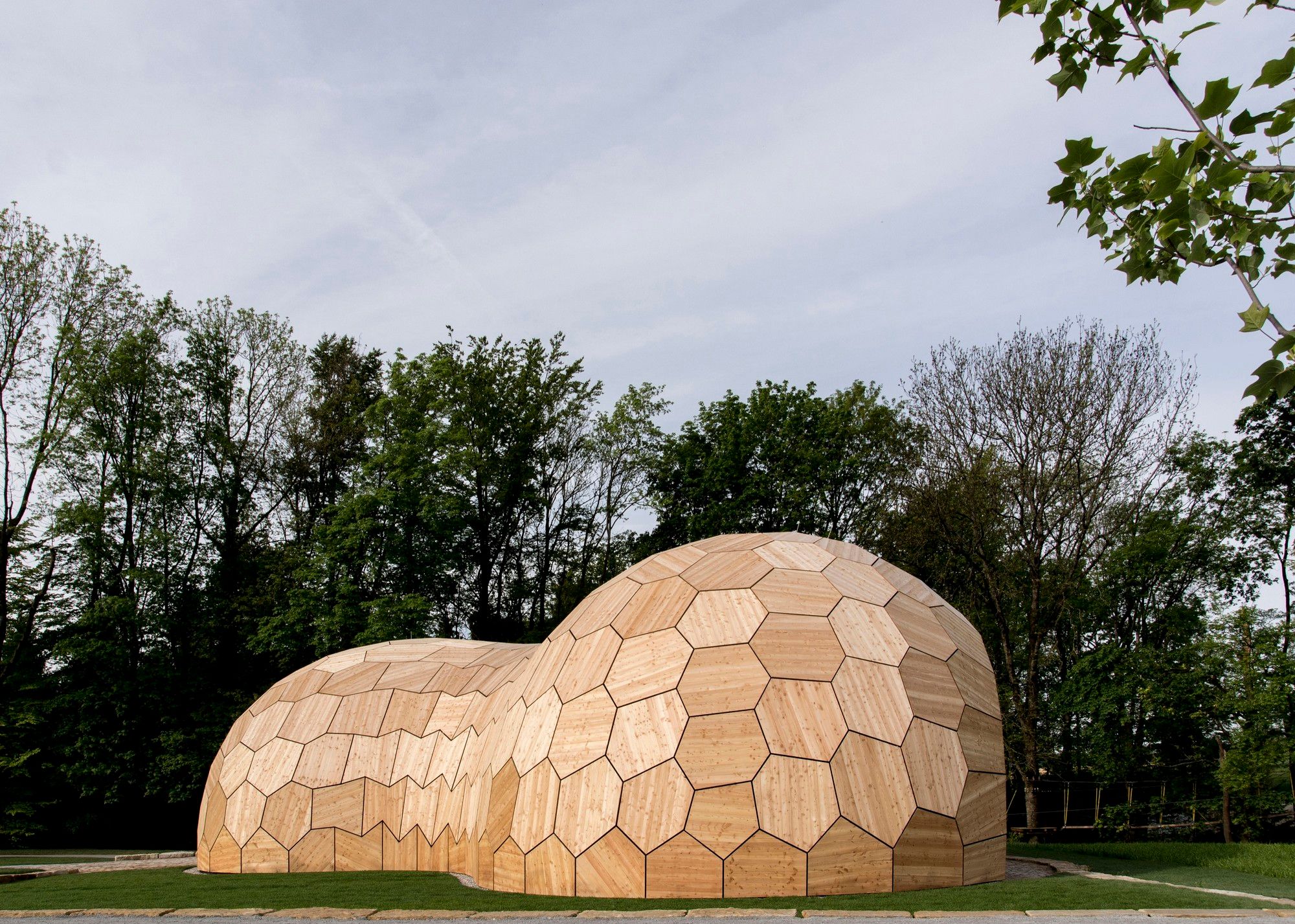
Landesgartenschau Exhibition Hall in Germany (Source)
A strong example of successful innovative architecture created with biomimicry exists at the Landesgartenschau Exhibition Hall at the University of Stuttgart, Germany. Designed by professor and architect Achim Menges, the structure possesses a ‘shell-like’ façade which is the most striking design feature. But, how does it mimic nature? It is said to be achieved using a biomimetic lightweight design done by simulating the modular system of the skeletal framework of a sea urchin. These modular plates are joined using a system of interlocking projections along the plate edges similar to man-made joints that allow bending, hence the shape! The interlocking style of the plates promotes strength throughout the entire structure.
Parametric technologies have made the construction of the exhibition hall possible through advanced computational design, robotic fabrication and simulation. Computational design exists to integrate the creative, functional, symbolic, and productive variables that contribute to the production of the design object. Rather than being drawn manually, the plates' design spaces are transferred into this simulated space responsible for automated form-finding, reducing the hassle of form generation. Essentially, these tools have been able to break down complicated processes involved in this design into more specific elements that allow construction.
[Here’s an interesting read: 10 Fascinating Projects Created Using Rhino 3D You Need To Know About]
2. Uniting Parametric Technology and Biomimicry to Create New and Sustainable Building Materials
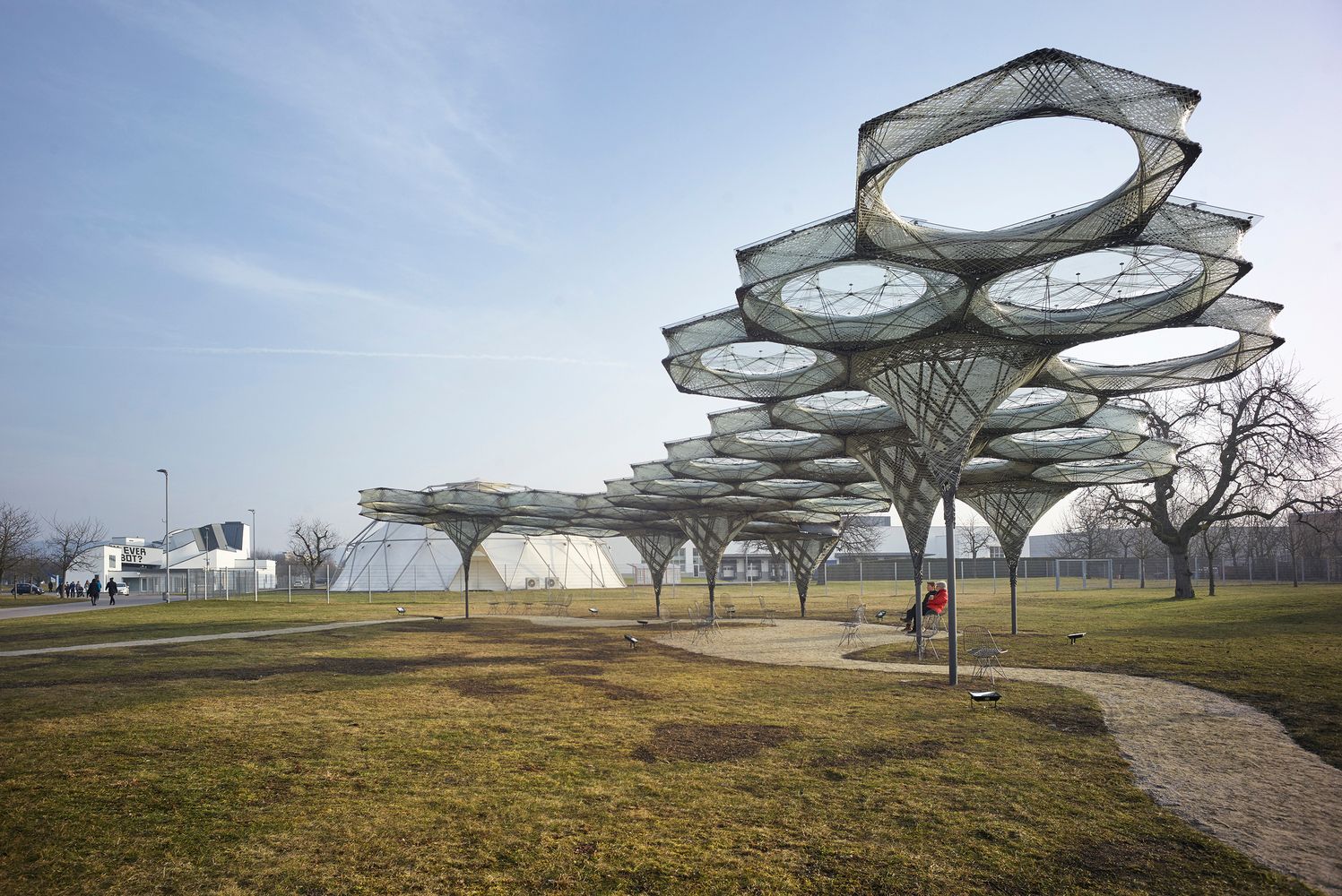
Elytra Filament Pavilion (Source)
Creating irregularly shaped parametric designs has proven to be difficult, hence the need for parametric technologies to improve them. The Elytra Filament Pavilion, also located at the University of Stuttgart, Germany, is a parametric pavilion with biomimetic properties. Said to be inspired by the fibrous structure of forewing shells of flying beetles, the form is structurally rigid while being extremely lightweight. Using Computational Design, the institution’s professor and architect Achim Menges and engineer Moritz Dörstelmann came up with a robot fabrication technique known as the winding method. This process is used to harness carbon fibres from composite materials. This property leaves hope for local production and expansion over time, using these materials.
Computational design and simulation - a parametric technology that promotes sustainability as the automated process generates the best possible solutions when provided with a parameter. These solutions include higher precision, quality assurance, and even material characteristics and can be manifested using parametric architecture software like Rhino 3D. Digital insulation and waterproofing properties are also considered with computational design. Technology has advanced so much, and it really is impressive!
[You might want to check out: Interesting Trends in the Use of Rhino 3D in the Indian Design Industry]
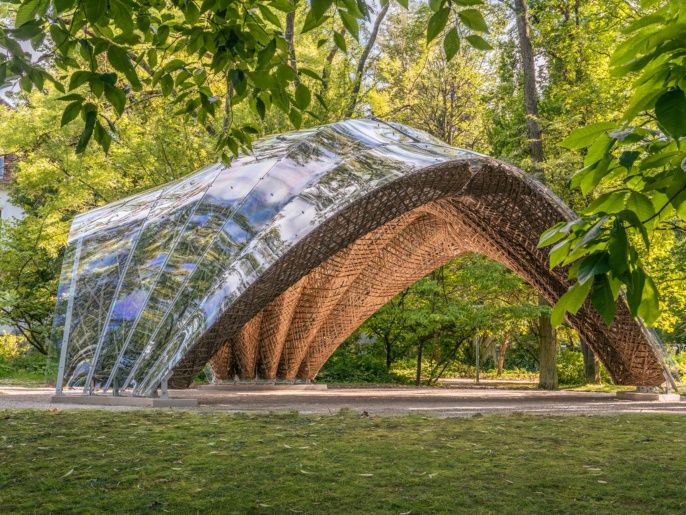
livMatS Pavilion (Source)
As profound as the concept is, Biomimicry cannot survive alone. Parametric architecture exists to make working with organic forms and patterns from nature possible. Because nature cannot exist without rules and conventions, Biomimicry requires parametric technologies to function, produce sustainable designs that work on a human scale. A failed biomimetic architectural system could impact the lives of humans that stay within it, thus the need for parametric technologies.
It's about time architects start learning computational design. It is a skill that can do more than create organic forms.
If you see yourself heading towards the path of parametric architecture, head to the Rhino & Grasshopper Certified Course to upskill!
[Also check out: 8 Awesome Rhino 3D Plugins That Will Change Your Modelling Life]

Join 100,000 designers who read us every month

